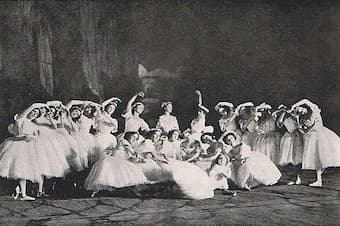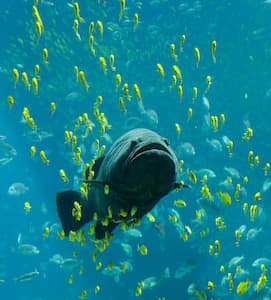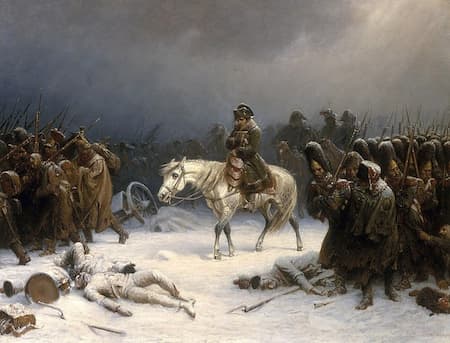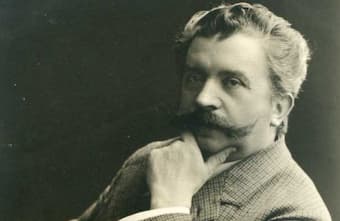In 1892 Alexander Glazunov (1865-1936) set to work on an orchestral suite with arrangements of piano music by Frédéric Chopin. Entitled Chopiniana it was introduced to the public in December 1893 by Rimsky-Korsakov, and published by Belyayev one year later.
In essence
Birds in music are everywhere – even non-singing birds, such as Sibelius’ The Swan of Tuonela. There’s also Vaughan Williams’ Lark (ascending), and Delius’ First Cuckoo in Spring, and even Mussorgsky’s Ballet of Unhatched Chicks. Let’s explore some other birds.
The Great War, as World War I was known at the time, inspired many works of music, often set to poetry. Maurice Ravel took inspiration from his many dead friends to create a piano work, Le tombeau de Couperin (1914-1917),
So you don’t have a dog or a cat, but a fish tank is the place where your animal companion resides. What kind of music do we have about fish? We’ll start with the tank itself, and Giancarlo Vulcano’s Music
It was just Orthodox Easter Eve and all over Greece, the church bells rang out at midnight. We were thinking about music with bells and all the different ways that they are used. They’re used in a couple of different
We know…there’s only 12 notes in a scale and how many different ways can there be of combining them? Sometimes, you get a song in your ear and start to hear it in many different places. Sometimes it was deliberate
Heitor Villa-Lobos: The Martyrdom of Insects Brazilian composer Heitor Villa-Lobos (1887-1959) is considered ‘the single most significant creative figure in 20th-century Brazilian art music.’ Immensely prolific, at his death he left some 2,000 works, many of which had gained international
Fritz Steinbach (1855-1916), none withstanding Hans von Bülow, was regarded as the foremost conductor of Brahms’ music. We know that they first met when Steinbach attempted to persuade Brahms to take him on as a student in 1875. Brahms declined,








